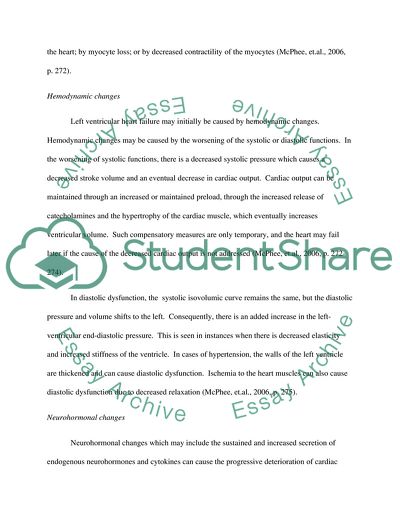Cite this document
(“Pathophysiology of Left Ventricular Failure Essay”, n.d.)
Pathophysiology of Left Ventricular Failure Essay. Retrieved from https://studentshare.org/health-sciences-medicine/1556493-pathophysiology-of-left-ventricular-failure
Pathophysiology of Left Ventricular Failure Essay. Retrieved from https://studentshare.org/health-sciences-medicine/1556493-pathophysiology-of-left-ventricular-failure
(Pathophysiology of Left Ventricular Failure Essay)
Pathophysiology of Left Ventricular Failure Essay. https://studentshare.org/health-sciences-medicine/1556493-pathophysiology-of-left-ventricular-failure.
Pathophysiology of Left Ventricular Failure Essay. https://studentshare.org/health-sciences-medicine/1556493-pathophysiology-of-left-ventricular-failure.
“Pathophysiology of Left Ventricular Failure Essay”, n.d. https://studentshare.org/health-sciences-medicine/1556493-pathophysiology-of-left-ventricular-failure.


